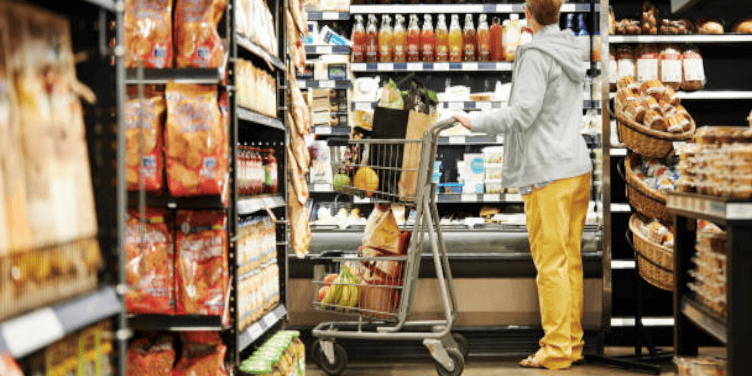The adoption of advanced telematics solutions for refrigerated trucks and containers in the food and beverage industry is set for substantial growth. Efforts to meet regulatory compliance and reduce food waste are the primary drivers behind the increased implementation of these innovative solutions.
Forecasts project that the global food cold chain track and trace market will exceed US$7 billion by 2032. This revenue will stem from both hardware sales and recurring monthly subscriptions for Software-as-a-Service (SaaS).
These software services enable real-time monitoring of vital metrics such as temperature and humidity in refrigerated trucks and food items during transit, ensuring the integrity and quality of perishable goods.
Industry experts highlight that retailers are taking numerous initiatives to enhance their operations. These include streamlining last-mile delivery processes, employing telematics solutions in refrigerated logistics, and adopting traceability technologies like RFID and IoT. The ability to track temperature, humidity, and location throughout the supply chain not only helps retailers adhere to regulatory requirements but also boosts customer confidence in product quality.
The trends of reshoring and nearshoring are also contributing to the adoption of monitoring solutions. Retailers in regions like the US and Canada are increasingly sourcing produce from nearby countries due to favorable climates and proximity, further driving the need for efficient cold chain monitoring.
The outlook for the deployment of cold chain monitoring solutions in food and beverage supply chains is extremely promising. Continuous advancements in technology are expected to enhance precision and efficiency, enabling more diverse use cases. With the integration of Artificial Intelligence (AI), proactive food procurement and distribution systems could be developed to address potential issues before they arise.
#ICTTMNews #BreakingNews #SupplyChainUpdate #ColdChain #FoodSafety #TechInSupplyChain







